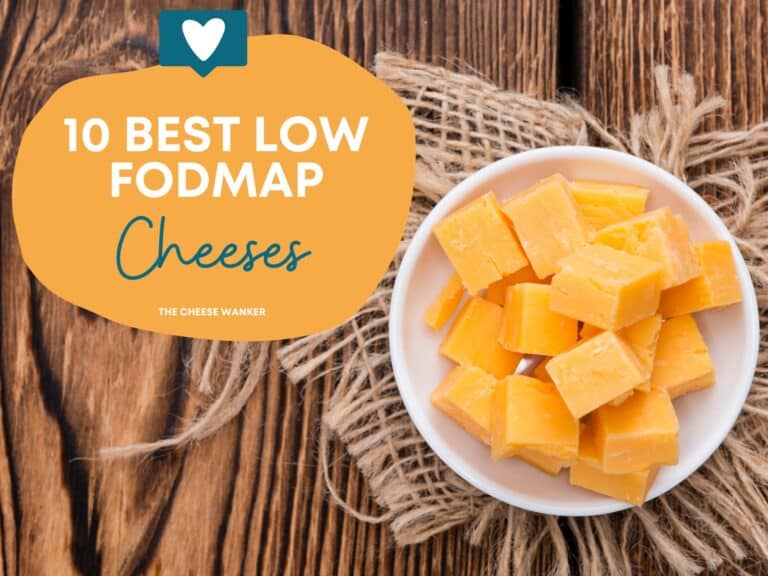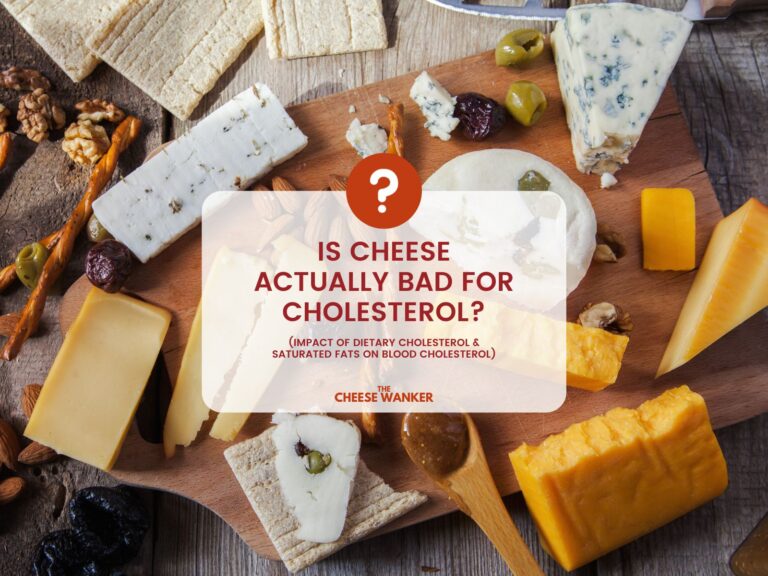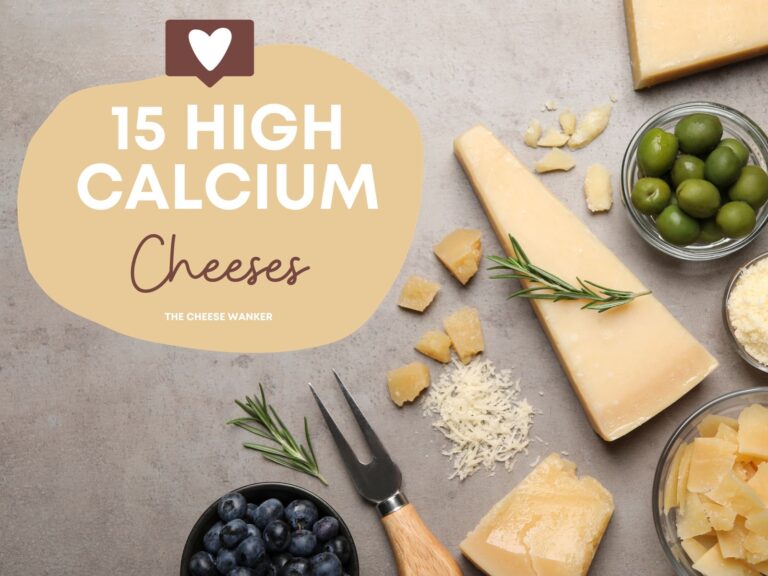Embarking on a ketogenic journey requires a nuanced understanding of dietary choices, and one often-questioned delight is cheese. In this exploration, we delve into the scientific intricacies of the keto diet, unravelling its mechanisms and benefits. Focused on the symbiotic relationship between cheese and keto, we dissect the nutritional intricacies, identify the types of cheeses harmonious with the keto philosophy, and debunk common misconceptions.
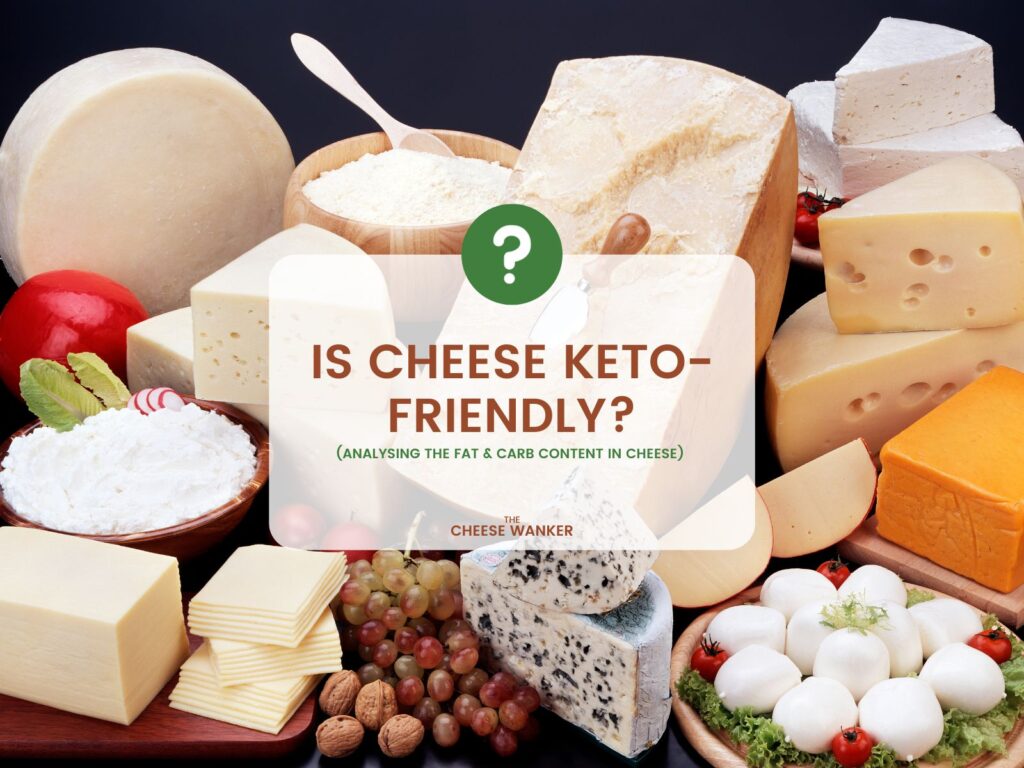
SEE ALSO: The healthiest types of cheese you need for a complete diet→
What is a ketogenic diet?
A ketogenic diet, often referred to as the keto diet, is a low-carbohydrate, high-fat eating plan that aims to shift the body’s metabolism into a state known as ketosis. In ketosis, the body primarily uses fat for energy instead of carbohydrates.
This metabolic state is achieved by reducing the intake of carbohydrates and increasing the consumption of dietary fats.
What makes up a keto diet?
Typically, a standard keto diet involves the following macronutrient breakdown:
- Low Carbohydrates: Carbohydrate intake is restricted to a very low level, usually around 5-10% of total daily calories. This restriction forces the body to rely on alternative energy sources, primarily fat.
- Moderate Protein: Protein intake is moderate, constituting about 20-25% of daily calories. Consuming sufficient protein is important for maintaining muscle mass and supporting overall health.
- High Fat: The majority of daily calories, around 70-75%, come from fats. These fats can be sourced from various foods such as avocados, nuts, seeds, oils, and fatty cuts of meat.
Goals of a ketogenic diet
The primary goal of a keto diet is to induce a state of ketosis, where the liver breaks down fats into molecules called ketones, which then serve as an alternative energy source for the body and brain.
This shift in metabolism can lead to various benefits, including weight loss, improved blood sugar control, increased satiety, and enhanced mental clarity for some individuals.
Best types of food for a keto diet
Foods that are typically encouraged on a keto diet include:
- Meat and poultry
- Fish and seafood
- Eggs
- Non-starchy vegetables (e.g., leafy greens, broccoli, cauliflower)
- Nuts and seeds
- Avocados
- Healthy fats (e.g., olive oil, coconut oil, butter)
- Dairy products including cheese
Why is cheese good for keto?
Cheese is often considered a favourable option for a keto diet due to its nutritional composition, which aligns well with the macronutrient ratios of the diet. Here are several reasons why cheese can be a good fit for a keto eating plan:
Low carbohydrate content
Most types of cheese have very low carbohydrate content, making them suitable for a low-carb diet like keto. This characteristic helps individuals stay within their daily carbohydrate limits while enjoying a flavourful and satisfying food.
Moderate protein
Cheese generally provides a moderate amount of protein, which is important for maintaining muscle mass and supporting various bodily functions. The moderate protein content allows individuals to balance their protein intake while still emphasising fat as the primary energy source.
High fat content
Crucially, cheese is naturally rich in fats, which is a cornerstone of the keto diet. The high fat content in cheese contributes to the dietary fat intake required to achieve ketosis, the metabolic state where the body relies on fats for energy.
Satiety and flavour
The fat and protein content in cheese can help increase feelings of fullness and satiety, reducing the likelihood of over-eating. Additionally, the rich flavours and textures of different cheese varieties can add diversity to meals, making them more enjoyable and satisfying.
Calcium and other nutrients
Moreover, cheese is a good source of essential nutrients such as calcium, vitamin B12, phosphorus, and selenium. These nutrients are important for bone health, nerve function, and overall well-being.
Versatility in cooking
Finally, cheese can be easily incorporated into various dishes, adding both flavour and texture. From salads and omelettes to casseroles and keto-friendly pizza crusts, cheese offers culinary flexibility in adhering to a keto lifestyle.
Best cheeses for a keto diet
In the vast landscape of cheeses, certain varieties rise above the rest as true champions for those navigating the ketogenic diet.
Unsurprisingly, the best cheeses for a keto diet are ones that have a high fat content and have undergone minimal processing. Some great examples of artisanal cheeses that fall under this category include Cheddar, Manchego, Comté, Stilton, Gruyère, Mascarpone and Pecorino Romano.
You can discover our list of the best cheeses for a ketogenic diet in this article here.
Cheeses you should avoid when following a keto diet
While the cheese aisle beckons with a myriad of tempting options, not all varieties align harmoniously with the principles of the ketogenic diet. To stay true to the low-carb, high-fat ethos, it’s prudent to exercise caution and steer clear of certain cheeses that may sabotage your keto efforts.
Low fat cheeses
Obviously, the first category of cheeses you should avoid are ones that are low in fat. Some examples include Ricotta, Paneer, Buffalo Mozzarella and Feta.
Processed cheese products
Secondly, it is critical that you avoid processed cheeses such as Kraft Singles and American Cheese. The reason for this is because they tend to contain a large percentage of non-cheese ingredients which can be harmful.
Flavoured soft and hard cheeses
Cheeses with added flavours, particularly those incorporating tart fruit, should be approached with caution. The added carbohydrates can quickly accumulate, disrupting the delicate balance required to maintain ketosis.
Some examples include Wensleydale with Cranberries and Mango & Habanero Gouda.
Flavoured cream cheeses
While plain Cream Cheese is a keto superstar, its flavoured counterparts can be a pitfall. Varieties infused with fruits, honey or other sweet components can significantly elevate the carb content, disrupting your keto equilibrium.
Popular examples include Apricot & Almond Cream Cheese and Fig & Balsamic Boursin.
Always check the nutrition labels or our database to determine the specific carbohydrate content of the cheese you choose.
Keto-friendly recipes using cheese
Cheese Omelette with Cheddar

Elevate your breakfast game by creating a cheese omelette using aged Cheddar. The golden, crispy exterior gives way to a fluffy, cheesy interior, making it a satisfying and quick keto-friendly morning meal.
Keto Oven-Baked Brie

Indulge in decadence with keto oven-baked Brie. Topped with garlic and rosemary, this warm, gooey delight is a luxurious appetiser or dessert option, showcasing the versatility of Brie in the keto kitchen.
Keto-Friendly Lasagne
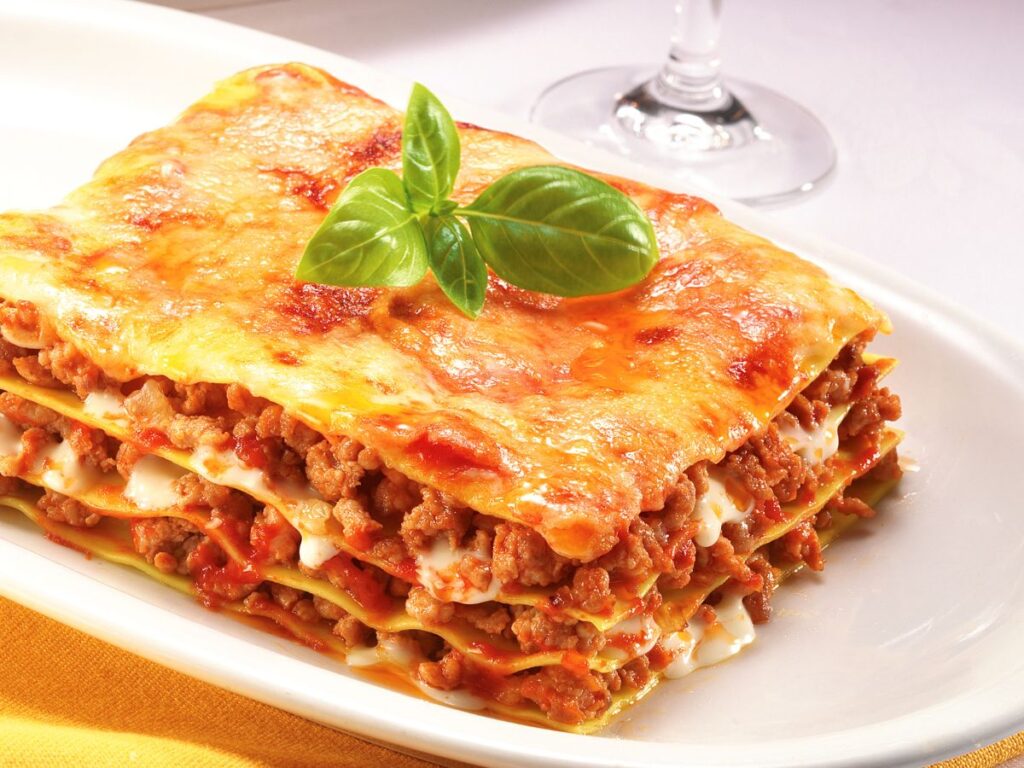
Redefine traditional lasagne by crafting keto-friendly sheets using eggs and ground psyllium husk. Layered with rich marinara, ground beef and Cream Cheese, this low-carb masterpiece satisfies lasagne cravings without compromising your keto goals.
Conclusion
Remember, while cheese can be a valuable asset in the keto toolkit, moderation and awareness are key. Opt for cheeses with lower carb content and savour them alongside a diverse range of nutrient-rich foods.
Always be mindful of portion sizes and how cheese fits into your overall daily carb allowance. By making informed choices and enjoying cheese in a balanced manner, you can navigate the delicious world of dairy while staying true to your keto goals.
References
Overall nutritional content
The nutritional content of cheese in our table comes from the USDA Food Data Central Repository, the Australian Food Composition Database and cheese manufacturers. We realise that there can be variations between different brands and producers. Hence, the numbers we have used are averages.
Fat content
Our fat RDI data comes from Cleveland Clinic’s Healthy Fat Intake resource.
Type of fat in cheese as per Harvard T.H. Chan’s The Nutrition Source.
Protein content
Our protein RDI data comes from Harvard Medical School’s Harvard Health Publishing.
Cholesterol content
Is There a Correlation between Dietary and Blood Cholesterol? Evidence from Epidemiological Data and Clinical Interventions? – Maria Luz Fernandez and Ana Gabriela Murillo
Saturated fat, carbohydrate, and cardiovascular disease – Patty W Siri-Tarino, Qi Sun, Frank B Hu and Ronald M Krauss
Effect of cheese consumption on blood lipids: a systematic review and meta-analysis of randomized controlled trials – Janette de Goede, Johanna M Geleijnse, Eric L Ding, Sabita S Soedamah-Muthu
Safety in pregnancy
All the advice relating to what cheeses you can eat during pregnancy in this article is based on the recommendations by health authorities in Australia, the UK and the USA. If you are unsure about what you can or cannot eat, please consult your doctor.
Australia – FSANZ, United Kingdom – NHS and United Sates of America – FDA
Lactose content
Lactose residual content in PDO cheeses
Detection of lactose in products with low lactose content
The analysis of lactose in milk and cheese products by HPLC
Food Standards ANZ Food Composition Database
Lactose & Galactose content of cheese
